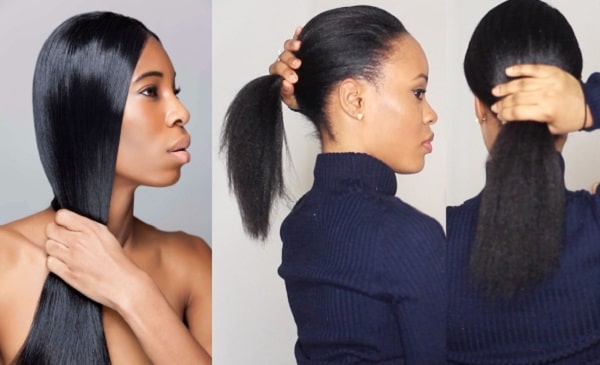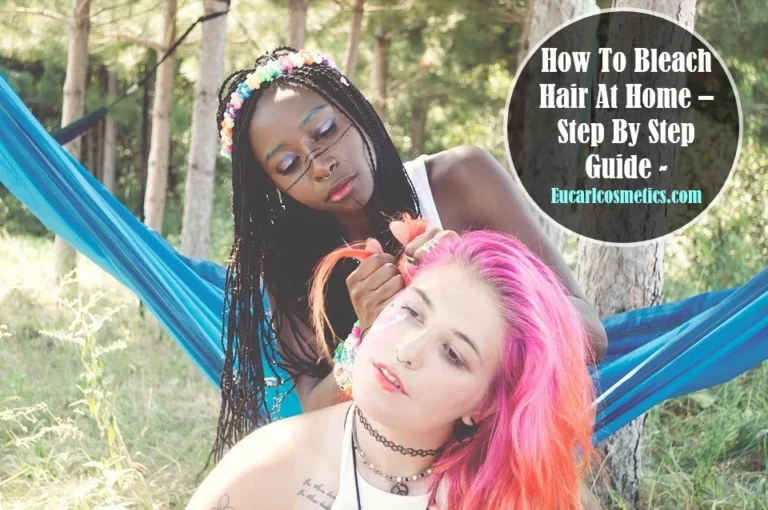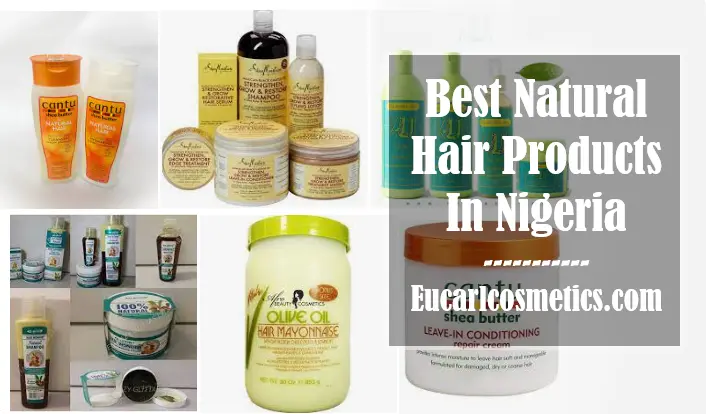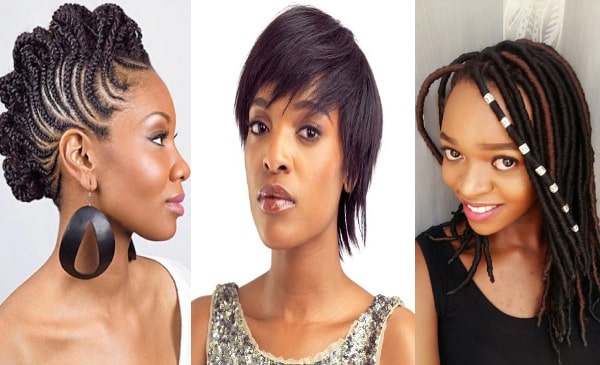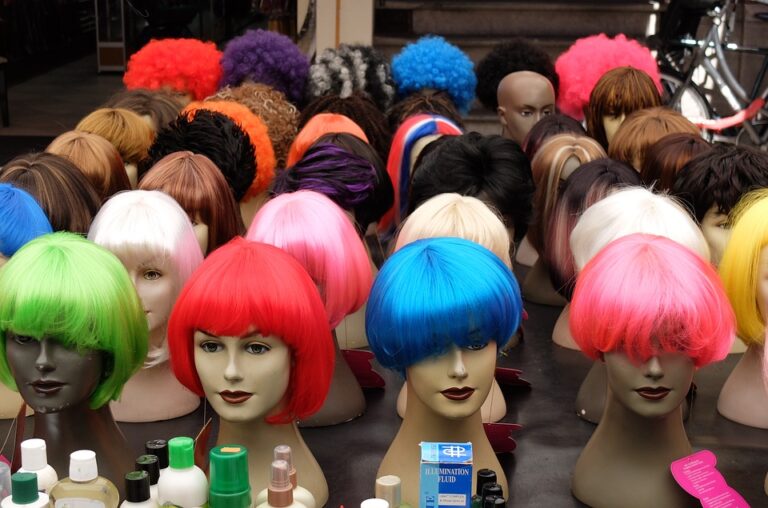The Hair: Structure, Qualities, and Hair Care
Today we will be taking extra steps to reveal more information about our hair – Hair Structure Qualities and Hair Care, what you should know, how to differentiate different hair layers and interesting facts about your hair.
To tell the difference between regular and abnormal hair loss, you must understand how and why hair grows and falls out. So, let us get to know our hair in the subsequent section.
The Hair: Structure, Qualities and Hair Care
The Shaft
The hair shaft is the appendage that protrudes from the epidermis. The cuticle, cortex, and medulla make up the three layers of the hair shaft.
Hair Cuticle
In the outermost layer of the hair, the cuticle, cells are arranged in shingles or scales that overlap. As a defense mechanism, these cells protect the hair’s internal structure and regulate its water content.
In chemical processes, the cuticle cells of the hair’s outer layer are elevated, pointing toward the ends of the hair. Solvents may penetrate the cortical layer of cells when they are elevated.
Cuticle damage may be caused by the inappropriate use of tools, heat, excessive manipulation, and chemical over-processing of the hair. In order to keep your hair healthy and avoid damage, make an appointment with a qualified hairdresser only.
Hair Cortex
For the hair’s strength, color, and texture the cortex is located in the center of the structure. There is a medulla layer that is only seen in very thick hairs.
There are a variety of roles performed by the cortex, which is the hair’s central layer. The cortical layer contains the vast majority of the hair’s weight, at around 90%. Hair’s strength and suppleness come from a fibrous material formed by elongated cells.
Another important component of hair’s natural color is stored in the cortex as a pigment known as melanin. For example, services like chemical hair relaxers and hair coloring oxidation induce both temporary and permanent hair alterations. It is in the cortical layer, these alterations are taking place.
Read Also: Original Human Hair Wigs in Nigeria & Prices
The cortical layer of hair contains two forms of melanin: eumelanin and pheomelanin. Eumelanin is the most common kind of melanin, and it generates brown and black shades of skin color. Yellow, blonde, red, and auburn colours are created by pheomelanin. There are two types of pigment in hair: eumelanin and pheomelanin. Pheomelanin is the darker pigment, while eumelanin is the lighter. The cortical layer of hair that has become gray is devoid of melanin pigment.
Hair Pit/Medulla
Hair Pit/Medulla As the name suggests, this layer is made up of cells that are spherical in shape. For naturally blonde and fine hair, the medulla usually isn’t present because of the color.
Hair Follicle
Hair Foli There are several parts of the scalp that play a role in hair growth, including the dermal papilla, the hair bulb, arrectorpili, sebaceous or oil gland, and the follicle.
There are several parts of the scalp that play a role in hair growth, including the dermal papilla, the hair bulb, arrectorpili, sebaceous or oil gland, and the follicle.
In the dermal papilla, there is a supply of blood and nerves that provide nutrition for the hair. It is impossible for hair to develop without these essential vitamins and minerals. It is located within the hair bulb and has a cone-like structure.
The hair bulb is yet another manufactured product. It has the form of a club and is found at the base of each hair strand. It shields the dermal papilla from the elements.
There is an arrectorpili working in the hair factory this is known as goosebumps. At the base of the hair follicle, there lies a little muscle fiber. Muscle fibers tighten in response to stress and anxiety, which causes hair to stand straight up. Goosebumps are a temporary sensation.
Skin Glad/Sebaceous Gland
It is the sebaceous glands of the skin that produce the body’s natural oil. It is these glands that release sebum, an oily fluid that keeps the hair lubricated.
Qualities of Healthy Hair
It is essential to know the characteristics of healthy hair in order to maintain it. This guide will show you how to properly care for your hair so that it stays strong and lustrous. A healthy head of hair should have the following characteristics:
- It has to have a glossy or shining appearance to be considered
- Not be overly hard or readily broken
- It has to be able to grow and not stink.
The Hair: Structure, Qualities and Hair Care Products & Supplies
Combs, brushes, mirrors, plated threads, and a towel are some of the fundamental hair care items you’ll need in order to properly care for your hair. Simple hair maintenance may be done with this.
Combs
It is common to use combs to divide the hair into parts for braiding, straightening, or to maintain the hair smooth and attractive. Various kinds of combs are used for different types of hair, and for a variety of different reasons.
A large wooden or plastic comb may be required for hair with a coarse texture. A fine-toothed plastic comb may be necessary if you have fine hair. For those with long, wavy hair, afro combs made of wood, metal, or plastic are ideal.
To keep the wooden comb from splitting or breaking, it must be regularly oiled. Hair will fall out if the comb’s teeth crack apart during usage. When braiding hair, wooden combs come in handy for sectioning it off. Their cutting edges are sharp and well-trim, resulting in clean cuts.
Rubber combs are a familiar sight in many households. There is a risk of injuring the scalp with its sharp edges. If your hair is naturally straight, permed, curly, or plaited you’ll need a different sort of comb than if it’s naturally wavy.
Remove any hair, dirt, or oil left on the teeth of your combs after each usage. Keep the combs clean by washing them on a regular basis.
Brushes
Using a brush is a great way to straighten and detangle your hair. Brushes come in a variety of shapes and sizes. Both short and long hairstyles may benefit from these products. Brushing is particularly important for those with extremely short hair who have thick hair.
It is necessary to use a large bristles brush for long hair like that of the Fulani or for hair that has been relaxed. Brushing the hair on a regular basis is essential to removing debris and keeping it shiny and clean.
Brushes for brushing hair come in a variety of materials, including nylon, plastic, and rubber-cushioned strands. Brushing your hair with a hard nylon brush may cause damage to your scalp and break your hair. Brushes made of bristles are ideal for hair of the correct kind.
If you take good care of your brush, it will last a long time. In addition to brushing and massaging the scalp, rubber-cushioned brushes are excellent for this purpose. For long hair, it’s best to separate the hair into pieces and brush each area one by one in a downward motion from the scalp to the ends.
Mirror
Make sure you have a mirror to see how your hair appears.
Plaiting Threads
The common color for plaiting threads is black. They have varying degrees of excellence. While some are manufactured out of cotton, others are constructed out of polyethylene. Both thin and thick varieties exist. The usage of numerous strands of thin thread is the norm. It is possible to use numerous strands of plastic thread in the same task since the threads are thick.
Soft and lengthy hair texture may be achieved by using cotton threads. Hairstyles may be enhanced with a variety of embellishments, like colored threads and other decorative elements.
Read Also: Procedures for Hair Grooming and Hair Styles
Towels
After washing the hair, towels are a must-have item. Towels must be kept clean and dry at all times.
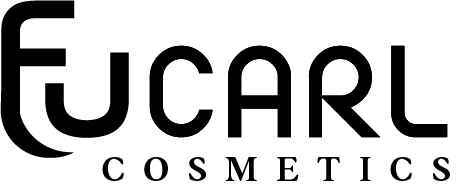
![5 Best Hair Dyes For Natural Hair in Nigeria [+Prices] Best Hair Dyes For Natural Hair in Nigeria](https://eucarlcosmetics.com/wp-content/uploads/2022/02/ezgif.com-gif-maker-14-768x512.webp)
